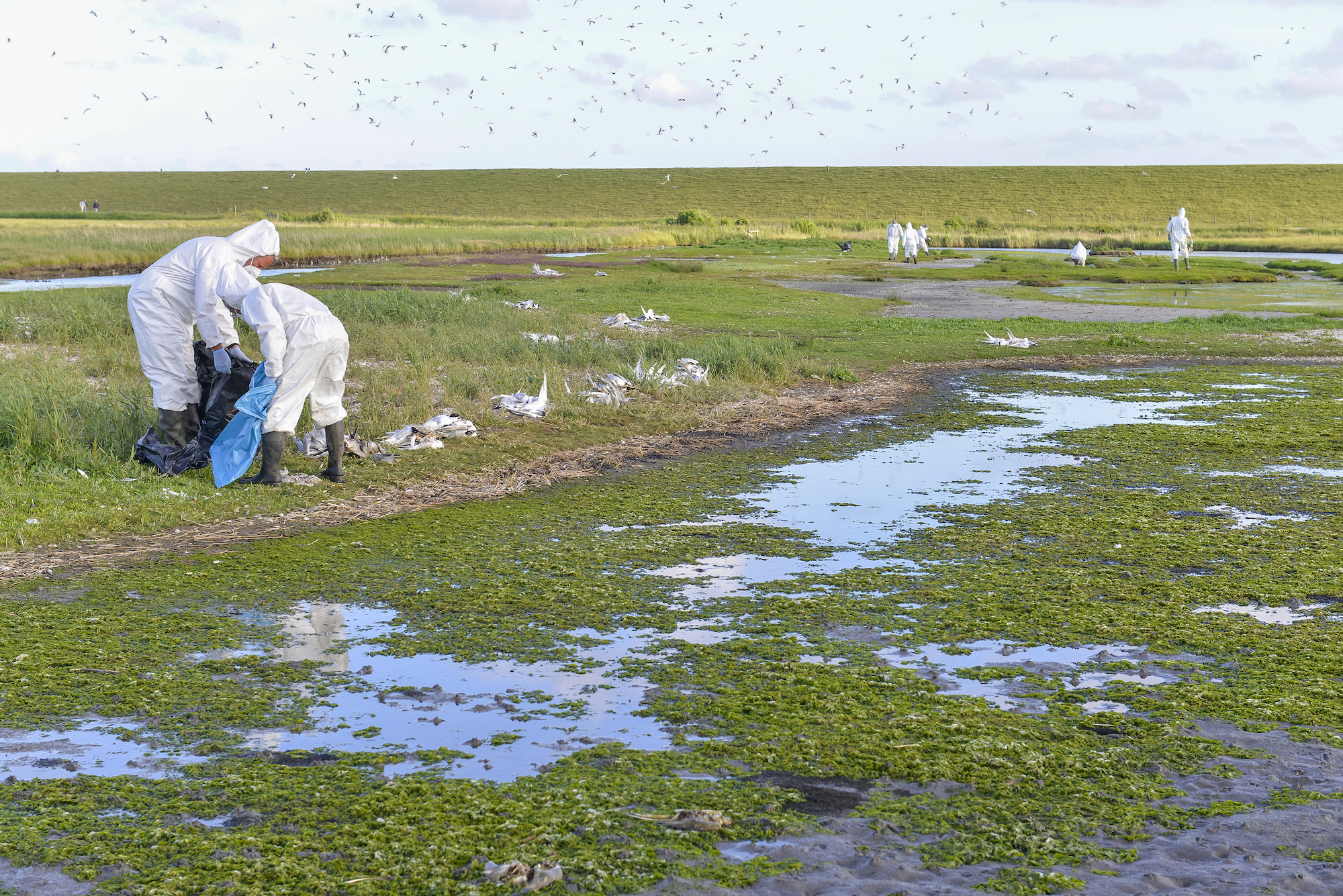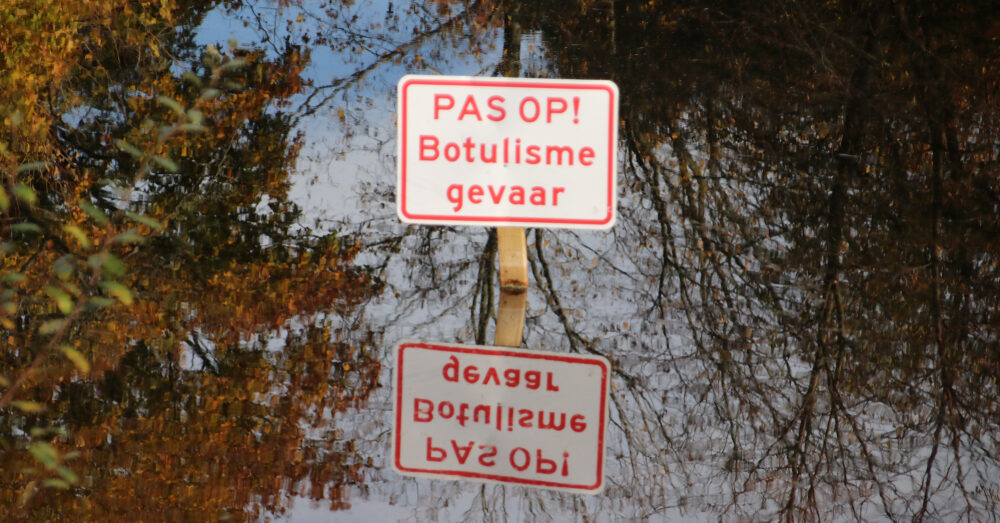Nature conservationists on the Wadden and in the Zeeland and Noord Holland delta are at their wit’s end. Avian influenza is causing a mass slaughter among shorebirds. Entire nesting colonies of sandwich terns, a red-listed species, have been wiped out. Epidemiologist Armin Elbers of Wageningen Bioveterinary Research paints a gloomy picture of the situation.
Never before were large shorebirds such as sandwich terns and gannets affected by avian influenza. Does this mean the virus has mutated?
‘A new mutation has not been reported, but the range of hosts the virus affects seems to be expanding. The tern and gannet colonies that are currently perishing in large numbers had the misfortune of encountering the virus that is still circulating. Previously, the bird flu season in the Netherlands lasted from October to April. In recent years, however, the virus circulates for longer, also affecting birds that migrate to the Netherlands to nest. Because these birds live and breed in large, close-knit groups, and infection can run rampant.’
How does this affect the risk levels for poultry farms?
‘Infected wild birds contribute to increased circulation of the virus. This means the situation for the poultry sector remains risky. Although the mandatory locking up of poultry prevents direct contact between wild and kept birds, it does not entirely eliminate infections. We know that the virus can enter the coop through the outdoor environment, although we do not know precisely how; via pests, the air inlet or involuntary actions by the farmer? There are currently several studies underway, but most have been put on hold as researchers must avoid barns to minimise the risk of infection.’
Can such morbidity among wild birds be prevented by vaccination, for example?
‘Barely. In the Netherlands, wild birds are infected through direct contact with other wild birds or indirectly through contaminated surface water or soil. The virus is already present in the wild bird population and will continue to circulate there, even if the entire world poultry population were to be vaccinated.’
So, wild birds are not infected by poultry farms?
‘No. The Netherlands and most other European countries have adequate preventive measures in place. The mandate to keep poultry indoors prevents contact between poultry and wild birds. Moreover, infections on poultry farms are rapidly contained because all the animals present are euthanised.
Wild birds are thus infected by other wild birds in almost all cases. They encounter each other in common nesting areas in Siberia. Migratory birds from Europe meet infected migratory birds from South-East Asia and bring the virus back to Europe with them.’
Can we prevent ‘our’ wild birds from perishing in large numbers?
‘That would be very difficult. The main preventive measure is fighting the infection of poultry in particular regions in South-East Asia, such as China. A large portion of the commercial poultry there is vaccinated, but there are still large outbreaks because the vaccines offer insufficient protection. These outbreaks are not addressed as diligently as is the case here, which enables the virus to spill over to wild birds. The wet markets where poultry and other live animals are sold also enable the virus to spread and mutate. Avian influenza viruses are permanently established in the wild birds in Asia. Common nesting grounds where Asian and European migratory birds meet allow the virus to continue to spread across the globe.’
The fact that we have not managed to halt the spread of avian influenza is because the world has not learned too little from the SARS and covid pandemics
So, the time bomb keeps ticking?
‘There is currently no indication that the situation in South-East Asia will change any time soon. This is, indeed, concerning because bird flu, like SARS and covid, is a zoonosis that can jump from animals to humans. The fact that we have not managed to halt the spread of avian influenza is because the world has not learned too little from the SARS and covid pandemics. A new, dangerous zoonosis could easily emerge. The only action we are taking in the Netherlands is to keep the bird flu virus out of poultry farms with security measures. Luckily, we are successful: there are currently some fifty infected poultry farms in the Netherlands, against approximately 1400 in France.’
Do vaccines offer a long-term solution?
‘There are downsides to vaccination. There is only one single vaccine available on the Dutch market that could be used. But that vaccine is based on the low-pathogen virus strain H5N2, which has no similarities to the high-pathogen virus currently going around. This summer, Wageningen Bioveterinary Research and Utrecht University will test a number of newly developed vaccines. These vaccines must not only protect poultry from symptoms of the disease but also stop the spread—no easy feat. There are also trade restrictions: vaccinated animals cannot be easily sold or exported. Thus, there are some hurdles to take before our poultry is properly protected. And we have no way of protecting wild birds. Yes, that is quite dramatic.’

 Over 2500 dead sandwich terns have been removed from Texel’s nesting colony De Petten. Photo René Pop Fotografie
Over 2500 dead sandwich terns have been removed from Texel’s nesting colony De Petten. Photo René Pop Fotografie 

